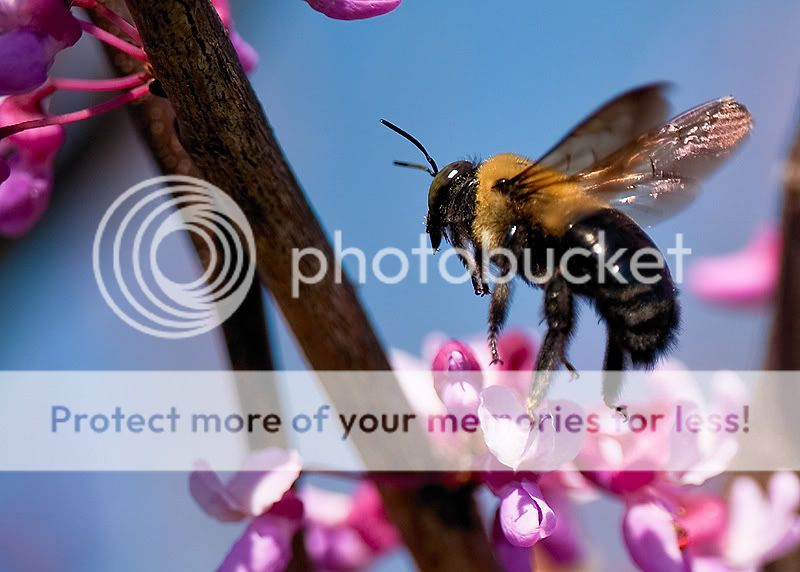Bryce
TPF Noob!
- Joined
- Jul 15, 2010
- Messages
- 188
- Reaction score
- 0
- Location
- Florida
- Can others edit my Photos
- Photos OK to edit
- Thread Starter 🔹
- Banned
- #46
I normaly never use auto focus but sometimes like when I run into a bunch of wild pigs everything is happening so fast I just barely have time to get the camera much less manual focus. One reason I don't use my DX lenses is they are to slow for me and manualy I get better pictures.







![[No title]](/data/xfmg/thumbnail/32/32005-d13a0bcc56327c42bd32dff4b0776658.jpg?1734160798)





